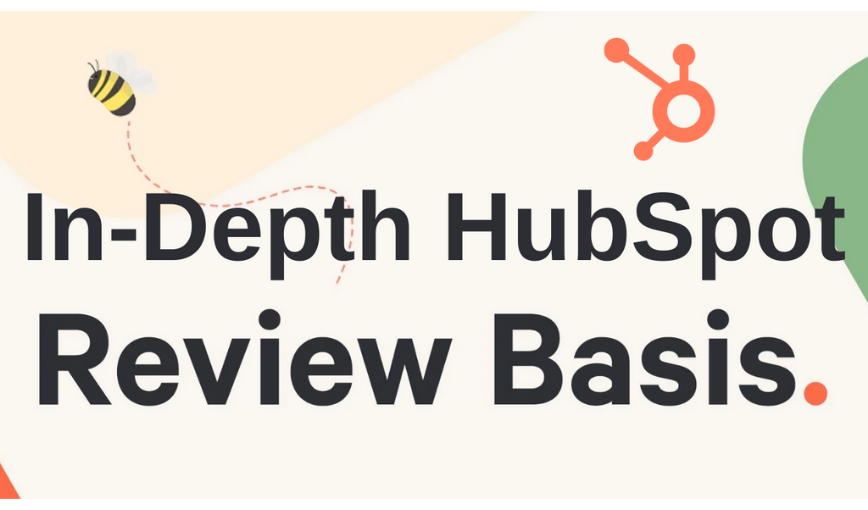PPC Keyword Tool
SEMrush has a great little tool to manage your pay per click account. Most people will organise and manage their account within Google Adwords. There’s nothing wrong with using this method, however, Google does have their flaws.
For starters, their keyword research tool isn’t the most accurate a this could be for a number of reasons but when you get down to the root of it, PPC is one of their biggest revenue streams so it might not be within their best interest to give you the exact keywords you should be targeting that will convert well as the more clicks Google gets the more money they make. That’s just my theory on it, I personally like to use third-party tools that I feel are more accurate with no hidden agenda’s which is where SEMrush come into play.

In this example, I’m using Fasthosts account as the example, they are a well known hosting company and do some paid search. First thing I will say is I am comparing the results on the US search engine. The reason being so we can get a good comparison between are a large PPC campaign and a smaller one.

If we take a look at their PPC overview above. Fasthosts were running some sort of PPC campaign, between the years of 2010-11 and then stopped any form of it until the end of 2016/early 2017. Not everyone runs big PPC campaigns, it’s really down to their marketing budget and what they want to spend their money on.
In comparison, I am looking at Fasthosts competitor “godaddy.com”. They are one of Fasthosts biggest competitors, and as we can see their PPC campaign is completely different, these guys spend a small fortune on marketing their business via PPC as you can see in the below picture.

GoDaddy is running a massive PPC campaign and has been for years. Now GoDaddy is the bigger company in this scenario as they run lots of different advertising campaigns such as TV ads etc, this is just made more apparent with this graph comparison, and they have also done this consistently for many years.
We can also take a look at each of the companies ad history. It will give the list of months that your ads have been displayed for each keyword and you will be able to see the average positions they were at.

First of all, we have Go Daddy. The majority of their ads sit on the top 1 and 2 positions. Along with this, you can also see the volume of people that search for the keyword and cost per click for each of the keywords.

Fasthosts have quite a different history here. They haven’t been doing a lot of PPC until the end of 2016 and their keywords tend to fluctuate quite a bit.
Now if I was now tasked with taking over Fasthosts pay per click campaign, of course, they wouldn’t be able to take on companies like Go Daddy head to head without a much bigger budget. However, there are better ways to maximise your budget using SEMrush PPC Keyword Tool.
This tool allows you to import a list of keywords from your AdWords editor directly into SEMrush . From here you can essentially start building your AdWords campaign in SEMrush. You can create ad groups and filter keywords by volume and CPC (Cost Per Click), add negative keywords and even add competitors keywords from their organic and advertising results.
SEMrush really makes your PPC campaign a lot easier to understand. You can really make the most of your budget using the data that SEMrush can provide you with here. It gives you a really good idea as to how competitive each of the keywords are allowing you to plan out a really effective PPC strategy. After you finish planning it all out, you can export all of the data straight into your AdWords account.
One great feature of this tool is its ability to take keywords from your competitors. This means you can look at the affordable keywords that your competition gain traffic from and begin winning yourself some business.

In this example, I’ve entered Go Daddy’s domain name and grabbed 1000 of their keywords. You can take a scroll through these, filtering them and removing any that you don’t want. Once you’re happy with what you see in front of you, go ahead and add them to your campaign.

So as you can see above I have my keywords saved in a default group. Before doing anything you’ll notice there is a button on the top right-hand side labelled “Remove duplicates” this helps you organise your campaign without any unnecessary keywords.

The next feature that is pretty cool is the cross-group negatives. Now a cross-group negative is when you have the same keyword in two different instances within the same campaign but they don’t relate to quite the same search term.
Say for example you have an ad group set up for a sale on the keyword “Cloud Hosting Sale” and another ad group set up with just “cloud hosting”. Cross-group negatives allow you to add the word “sale” as a negative for this specific group so you don’t have any conflictions.
On top of this, You can also go to the “negatives” tab and add keywords that you would class as negatives for your campaign as a whole. These can often be seen as words such as “cheap” “Free”. It means that your ads won’t be served to anyone who isn’t going to convert.
To Summarise
SEMrush has a great PPC tool here that ultimately breaks down your Google AdWords in a very straightforward way. PPC doesn’t have to be complicated and using a tool like this really makes the difference. There is no extra cost to the PPC tool as it comes standard with any SEMrush subscription. So whether you already have a subscription or you’re considering buying one this tool is one you should definitely check out if you run any sort of PPC campaigns.










